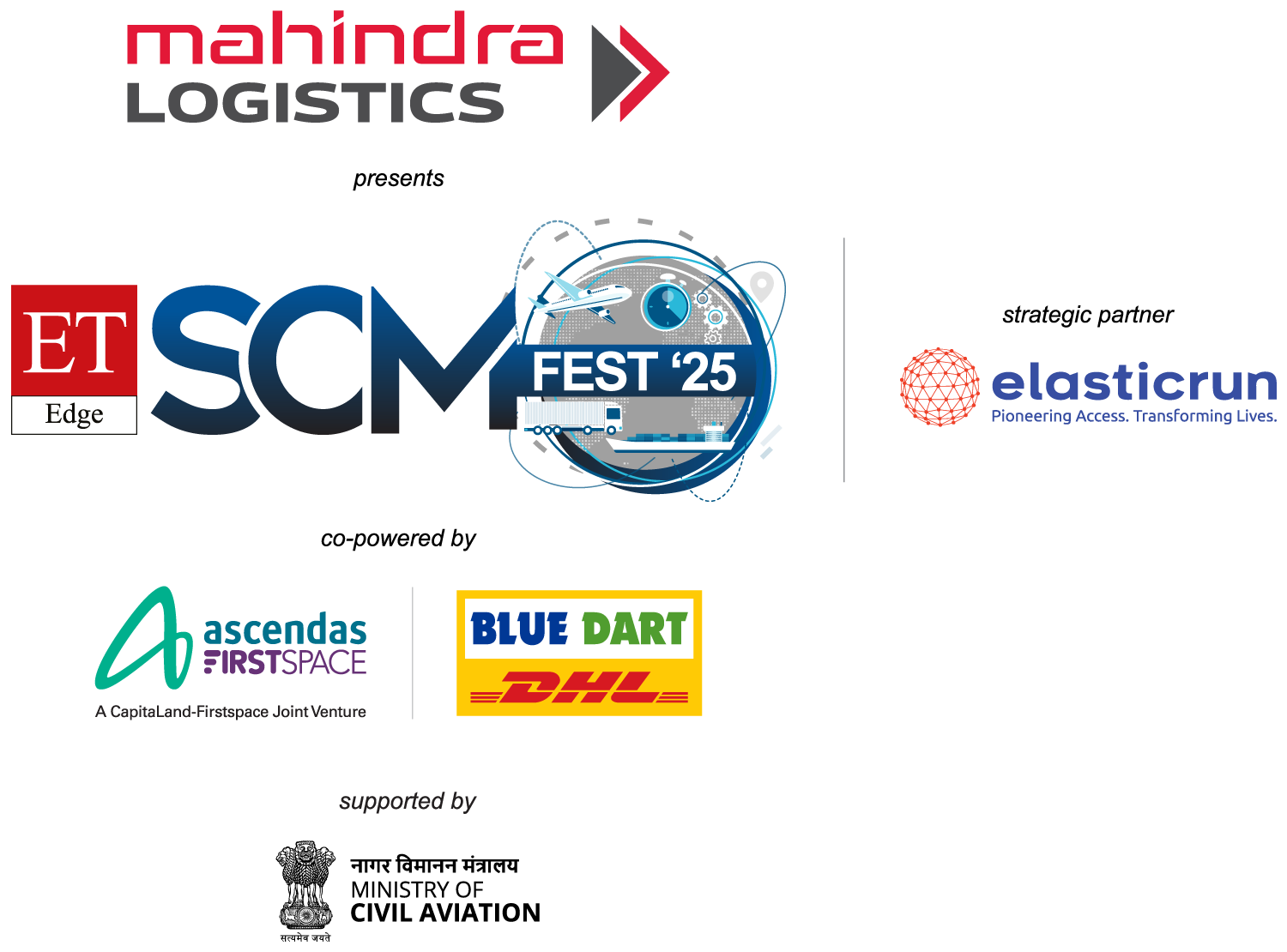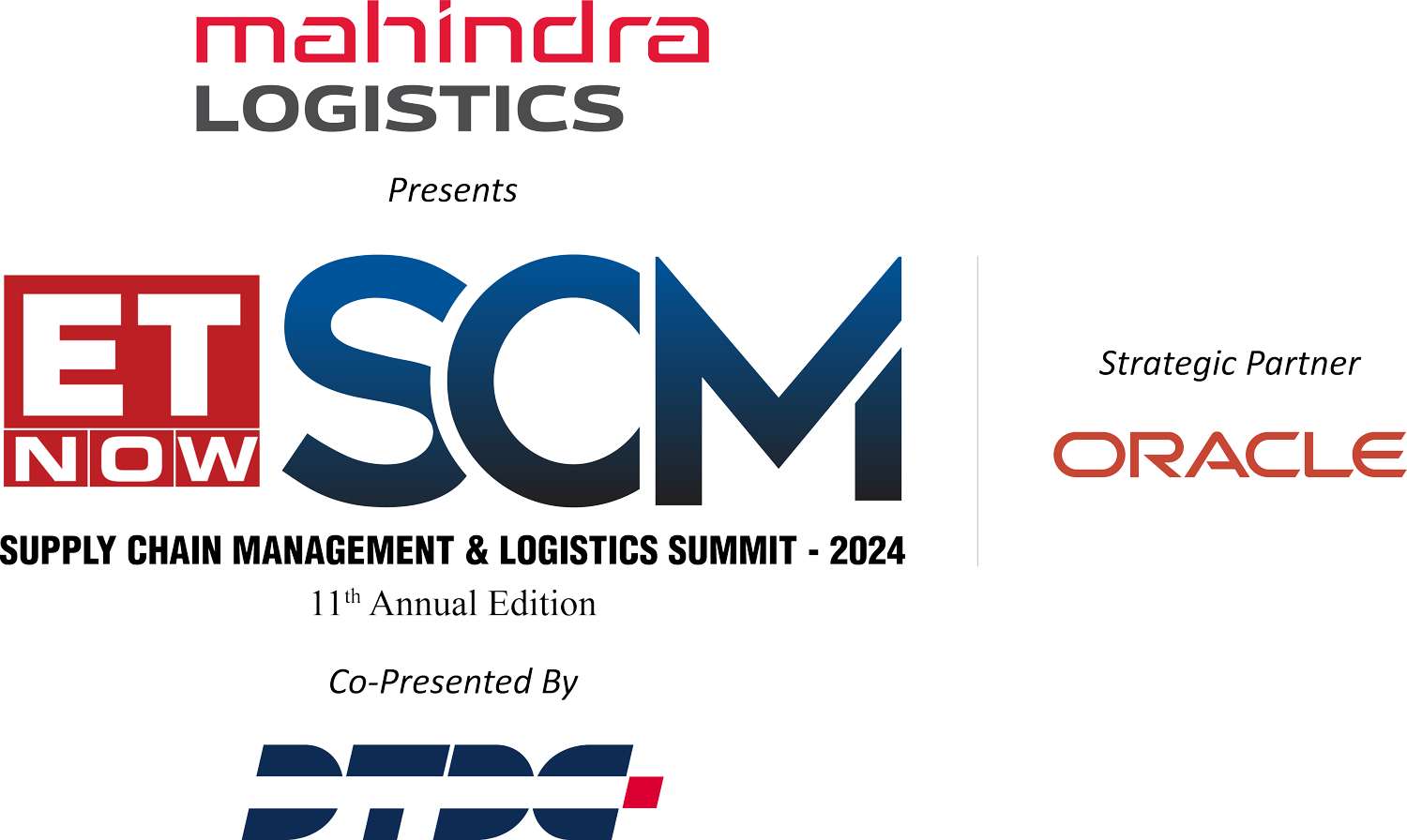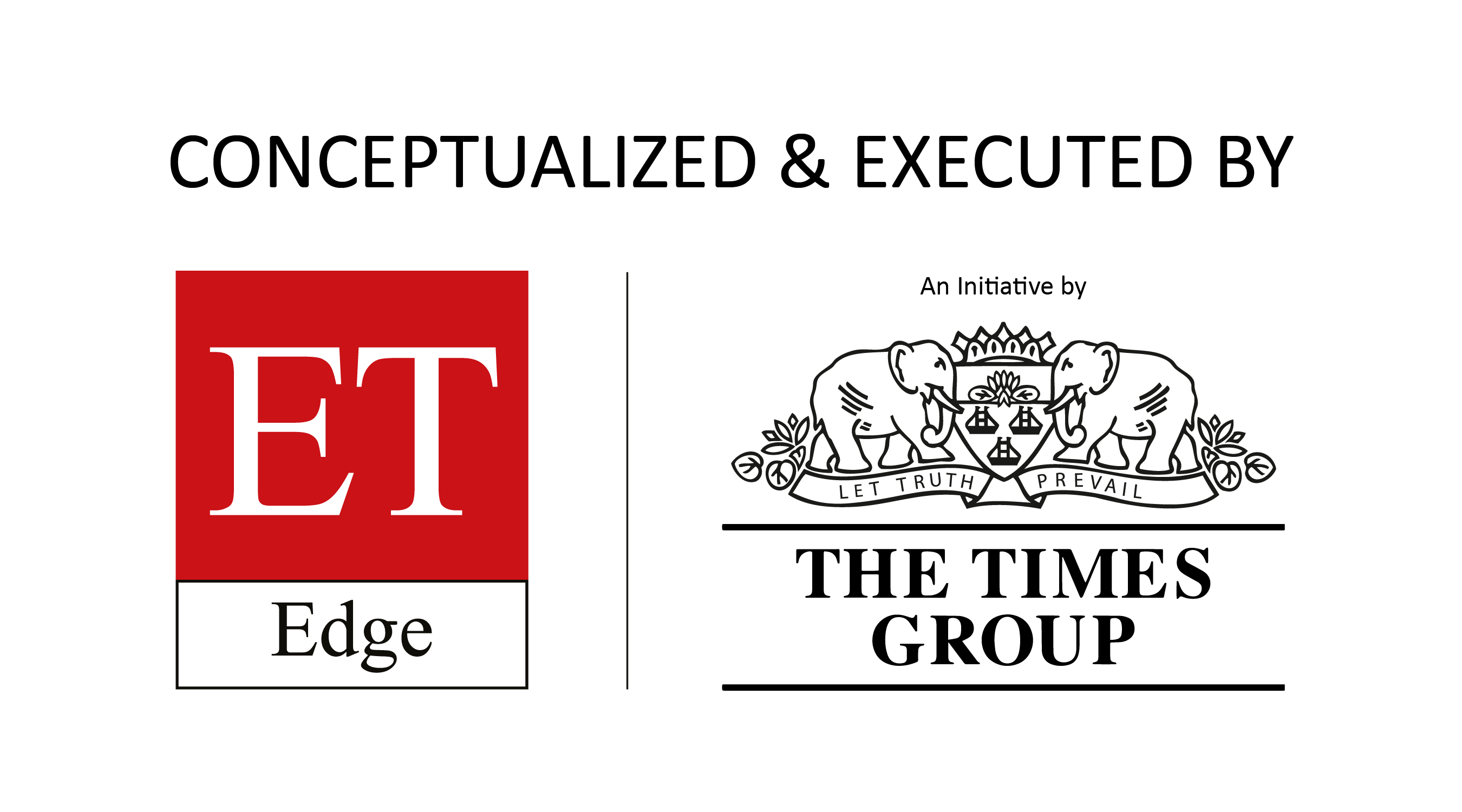Article
- Home
- Article

- scmcp2025
- 0 Comments
Planning Today For Supply Chain’s Tomorrow
WRITTEN BY: Sai Mungara, Global Head of Supply Chain, Cipla
The upheavals of the recent past have shown that uncertainties have become a constant companion for businesses. The global pandemic, economic fluctuations, geopolitical tensions, and regulatory changes have presented unprecedented challenges. This has also reshaped the landscape of pharma, where adaptability has emerged as a crucial trait to survive and thrive. Newer business segments like generics, over-the-counter products, health services, companion devices etc., have come up. Evolving channel strategy from traditional distribution networks to omni channel networks including direct-to-consumer, direct-to-pharmacy, e-Pharmacies, and external partnerships have also become quite significant. Network pressures are still potent with shifting seasonal demand patterns, wide geographical expanse of vendors, and shorter lead time requirements. As businesses navigate through supply and demand shocks, the three major levers that can potentially help build a competitive advantage for future-fit Supply Chains are 1. Advance Planning 2. Embracing Digitalization and 3. Focus on ecosystem Sustainability.
1. Advanced Planning
In this dynamic landscape, advanced planning plays a pivotal role in ensuring efficiency, resilience, and competitiveness. The ability to anticipate, optimize, and adapt is more crucial than ever. Three key levers that can aid and strengthen planning are-
- Establish Robust Demand Planning Process
At the heart of advanced planning lies the ability to accurately forecast demand and plan accordingly – Leveraging historical data, market trends, and predictive analytics to develop robust demand forecasts which serves as the foundation for production, procurement, and inventory management. Modern-day forecasting techniques extract more information out of available data and incorporate uncertainties for model outputs to provide improved forecasts for the plan. Coupled with forecasting a well-defined demand Segmentation suited for organization also helps in moving to low touch to no touch planning environment. This has potential to unlocking people bandwidth which can be deployed for higher productivity workstream. - Transition to Integrated Business Planning from traditional S&OP
Integrated Business Planning is a powerful framework that enables organizations to synchronize their functions by aligning strategic goals with operational plans. It integrates supply chain management, sales, financial planning, and risk management, to create a unified roadmap for achieving corporate objectives. Organizations can reconcile conflicting priorities and make informed decisions by fostering collaboration between sales, marketing, operations, and finance departments through a well-defined cross functional governance rhythm. A holistic view of operations enables better decision-making and resource allocation maximizing value for the organization. - Real time Scenario Planning
Scenario Planning helps organisations become proactive, adaptive, and prepared for a range of possible futures, ultimately increasing the chances of long-term success and sustainability. Scenario planning and simulation capabilities help visualize changes in the real-time without having to wait for next planning cycle to kick in, which provides decision makers greater agility to factor in business realities in the real time. Organizations identify the key drivers or factors that are likely to influence their future operating environment and develop a set of plausible scenarios that describe different future states. These drivers could include economic conditions, consumer behaviour, geopolitical events, and regulatory changes. These scenarios are often characterized by a range of assumptions owing to unpredictability. Each scenario is analysed to assess its potential implications and action plans are tailored accordingly. This helps outline how to adapt strategies, allocate resources, and make decisions in response to changing circumstances.
2. Embracing Digitalization
Digitalization has become a cornerstone for any progressive supply chain due its potential to unlock hidden value in the entire network through building efficiency, transparency, and capability to analyse large set of data to decipher invaluable trends. According to an Industry report it is estimated that the Generative AI could generate $60 billion to $110 billion a year in economic value for the pharma and medical-product industries. Software engines powered by Gen AI can process much larger sets of data and infinitely complex set of variables. It can learn and teach itself about the nuances, allowing it to sharpen its analysis over time. Use cases in risk prediction, cost optimisation and sustainable measures will provide a greater push toward achieving resilience, agility, and sustainability. Leveraging 4IR and Gen AI technologies can automate routine tasks, streamline operations, minimize errors, and speed up processes, leading to increased efficiency and cost savings. Use cases like building a supplier knowledge base, supplier contract generation, planning scenario optimisation, monitoring market trends, pattern identification in customer issues and smart emissions tracking among others, can be very useful for supply chains. The key elements underpinning digitisation and its widespread adoption are the following:
- Leadership alignment
The expected value to be derived out of the digitisation should be clearly articulated in the digital ambition from leadership. Alignment can help communicate a cohesive vision ensuring the purpose and direction of the transformation is clear to everyone working towards it. This will propel the strategic decision makers to chart out a roadmap that is coherent with the larger organisational goal. - Digital Savviness
The digital dexterity of the workforce, the willingness to adapt to technology and the readiness to using AI in decision making will be crucial for the eventual success of these investments. Planned upskilling with the aim of creating a digital talent ecosystem will provide a significant people advantage for the organisation. - Robust Data management
Data is the linchpin to make informed decisions and data management should be viewed as an ongoing journey rather than one-time destination. A clean, relevant, well-governed data can realise the true potential of analysing information at scale, identifying anomalies, searching for patterns that lead to unexpected disruptions, and make suggestions on how to solve them, almost instantaneously.
3. Focus on Ecosystem Sustainability
Climate change is a severe challenge facing the world today. Rising sea levels and extreme temperature changes are evident to all of us. The threat to biodiversity, agriculture and to entire human existence is very real. Companies’ supply chains generate 11.4 times more emissions, on an average, than their in-house operations. Therefore, prioritising sustainability across the value chain is the burning need of the hour owing to its importance for human existence as well as it is becoming the “Licence to Operate” due to impending requirements from investors, customers, countries and rating agencies etc.
A large part of starting the net carbon neutral journey is addressing the Scope 3 emissions (indirect emissions from upstream and downstream of a company’s operations). Scope 3 spans across 15 different categories. Achieving organisational Scope 3 sustainability goals entails the following salient features.
- Leadership commitment
Addressing Scope 3 emissions has far reaching impact on product development, supply chain, operations, marketing, tax reporting etc and therefore it requires sponsorship from top leadership. It’s imperative to first start understanding the implications of Scope 3 for one’s business and then move towards measuring and managing the emissions. - Measuring emissions
Being able to measure and report on emissions is the focal point to understand the baseline. This would require close collaboration with suppliers and customers. Specific scope 3 targets can then be taken to reduce those emissions and businesses will have to strategically commit and work towards the initiatives that can eventually result in the reduction of emissions. - Supplier Collaboration
As suppliers are the key stakeholders in this journey, collaboration may take many shapes and forms. Helping suppliers establish concrete metrics which can reliably measure the emissions, determining the potential returns in case of reduction of emissions and then working with them to achieve those goals are key elements in it.
Major change is always challenging but exciting at the same time. The forward-looking embrace the demands of changing times and will boast of supply chains that are progressive and sustainable for the greater good. Abraham Lincoln had rightly said – “The best way to predict the future is to create it.” Interesting times are ahead of us, but we need to be more interested in being ahead of the times.
© Copyright 2025. All Rights Reserved.


